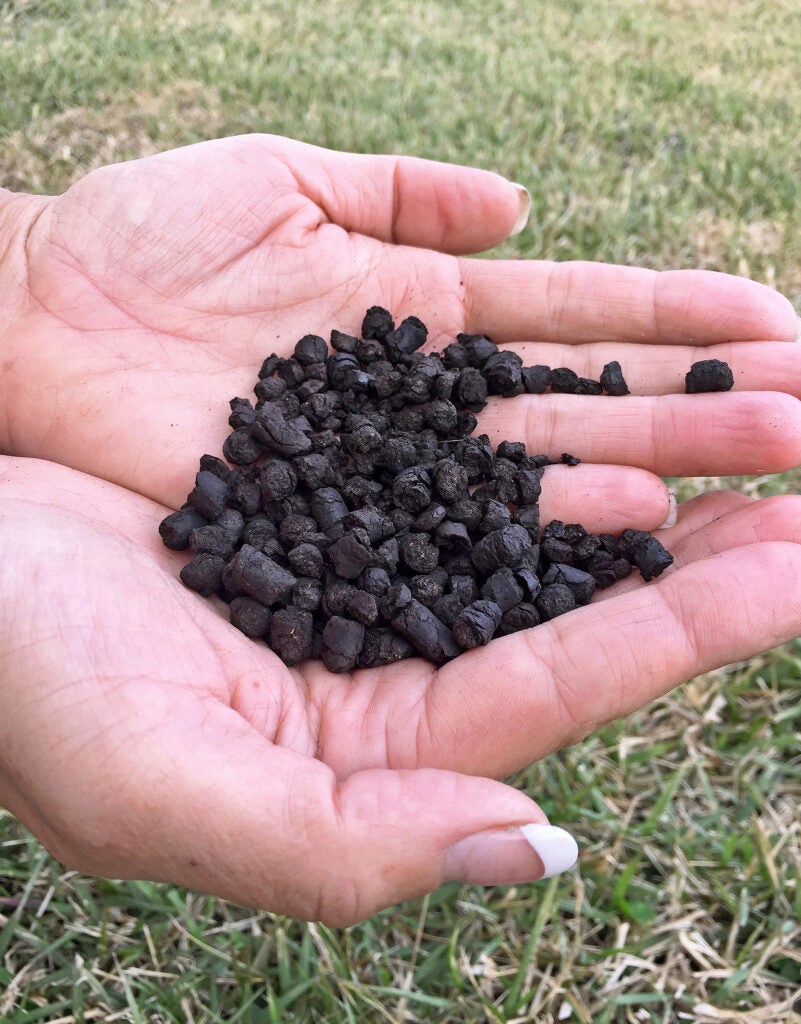This October, a rare, once-every-four-years gathering is taking place in Abu Dhabi: The IUCN World Conservation Congress is where global experts and leaders meet to discuss nature conservation. It’s not just about protecting wildlife; it’s a vital opportunity to find smart, practical, and science-backed ways to meet our 2030 goals for people and nature. This event is a key moment to advance actions that tackle the connected problems of biodiversity loss and climate change together—a collaborative effort, much like the UN’s “Rio Trio” agreements, that could accelerate global action.
This Congress comes just weeks ahead of the next United Nations climate conference, COP30, which will take place in the Amazon Basin, hosted by the city of Belém, Brazil. Hosting in this setting gives us the opportunity to cast global attention to the challenges and potential solutions unfolding in the wider Amazon region, for the communities living and sustaining the Amazon, and for biodiversity and nature at large. Read More














